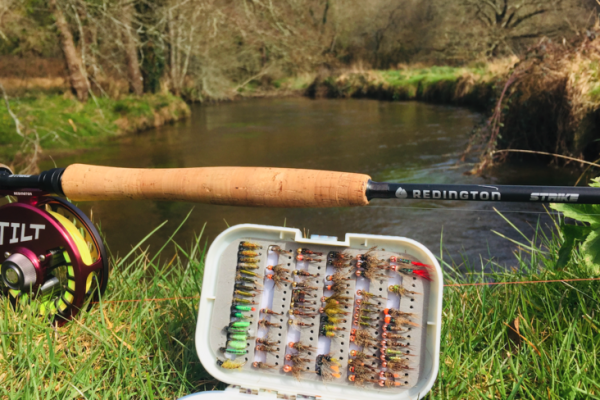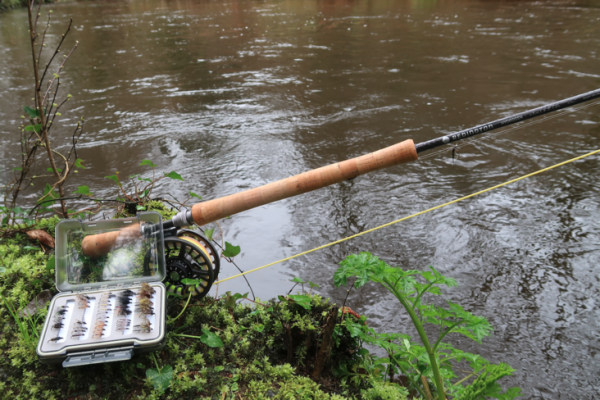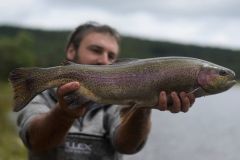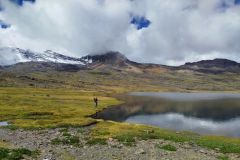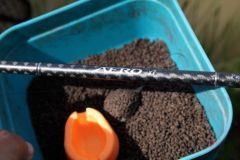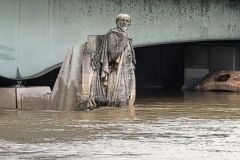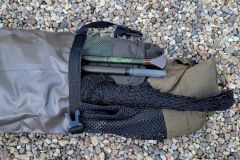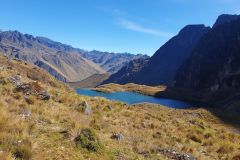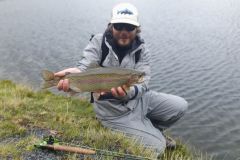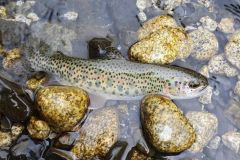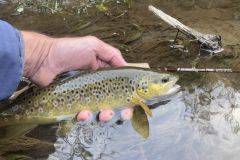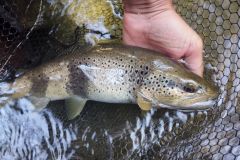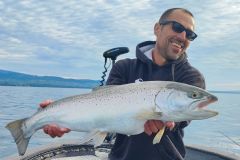Is drowning a good way to start the season?
Of course, most of us fish with drowned flies when the water is cold and high, at the start of the season. It's a technique that allows you to cover ground and offer flies at different levels, particularly between two waters, where trout feed in these conditions.
The use of two flies is often sufficient, as at this time of year trout tend to feed close to the bottom or in the first bottom layer, so as not to expend too much energy and gain some.
The use of weighted flies or sinkers is also recommended to fish deeper and offer our flies in the right layer of water to trout, which don't move much in cold water.
A well weighted nymph can be used as a tippet and will bring down the leader and the second (intermediate) fly.
Fishing is often done downstream, even if it's not forbidden to fish upstream by drowning! As with nymph fishing, it's sometimes a good idea to fish upstream to bring your flies down and animate them as they rise to the surface. This often triggers recalcitrant fish.
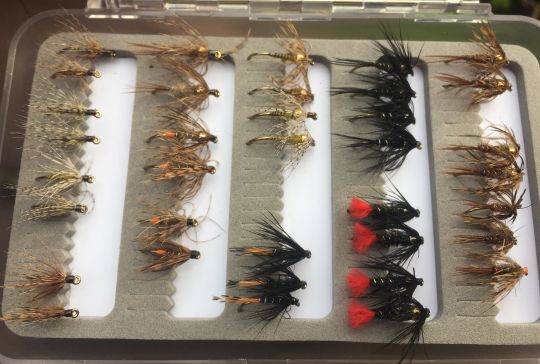
April and May, excellent months for drowned flies
As the waters warm up, the hatchlings will gradually become more regular and the trout will also start to move around more freely!
However, gobbling is still rare and hesitant. Some anglers juggle between line nymphing and dry or tandem dry-nymph fishing, a technique which is very interesting at this time of the season.
Under these conditions, trout eat between two waters and less and less at the bottom. They move into faster veins, depending on insect activity, and emerge more often.
At this point, sink-fishing is an excellent technique for catching trout!
A train of three flies will be of interest, offering different stages of the insects of the moment and also playing on aggressiveness, unlike the threaded nymph (NAF) where the flies descend towards the fish and drift slowly. The drowned fly, by fishing downstream, crosses water veins and rises to the surface. This rising phase of the insects is very appealing to them, and the drowned fly imitates perfectly this moment of nymph emergence, while at the same time annoying the fish, who sometimes rise by instinct!
Unlike wire nymphs, walleyes are fast moving and will quickly prospect a wide stretch of river. When the spots aren't very marked and the trout are well distributed, there's nothing like fishing this type of stretch with drowned fish and quickly finding active fish.
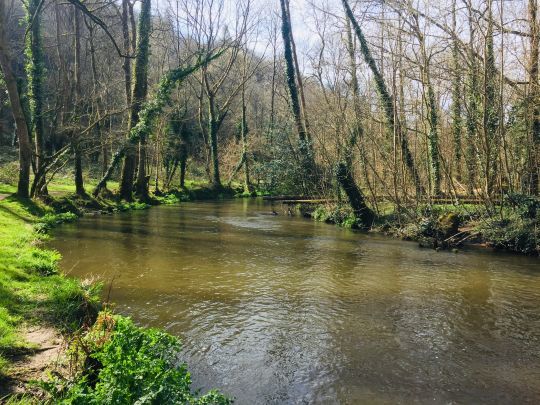
Drown fishing when the trout are not very settled and later in the season
Later in the season, trout are sometimes active on the surface, but hatchings can be very sporadic. More and more, in fact. All our rivers have fewer insects, and trout eat more often underwater and rise more rarely. Dry fishing isn't working too well, and you want to switch from nymph to line, or the sector isn't necessarily suitable, as the currents are slower. In these situations, drowned fishing can once again be an additional string to your bow, allowing you to get out of particular situations and vary the pleasures!
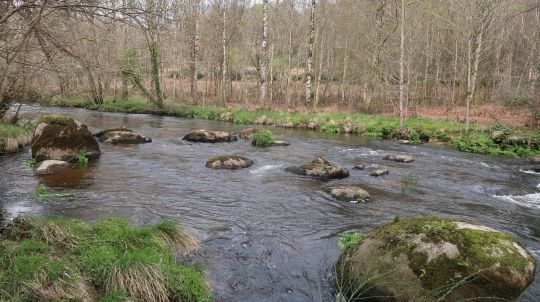
Drowned fishing also offers a different kind of pleasure from nymph fishing, with the use of a line and the pleasure of casting, as well as the feel of a clean strike in the arm and hand! It's a completely different kind of fishing, and it would be a shame to miss out on it.
Fine-tuning your fishing
It's also possible to fish in drowned water in clearer, lower water conditions and refine your fishing.
By using longer leaders, smaller flies adapted to the current hatch, and finer tippets, drowned fishing also makes it possible to catch fish during the summer, particularly in the morning when the flies are not coming out much, or even in the evening pre-shot when the trout are not yet settled.
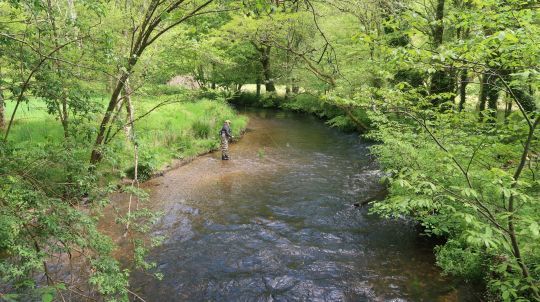
As you can see, it's possible to fish with drowned flies all year round, adapting to the conditions and the menu of the trout, which are fond of these beautiful, well-animated drowned fly drifts that can make all the difference and complement other techniques.

 /
/ 

